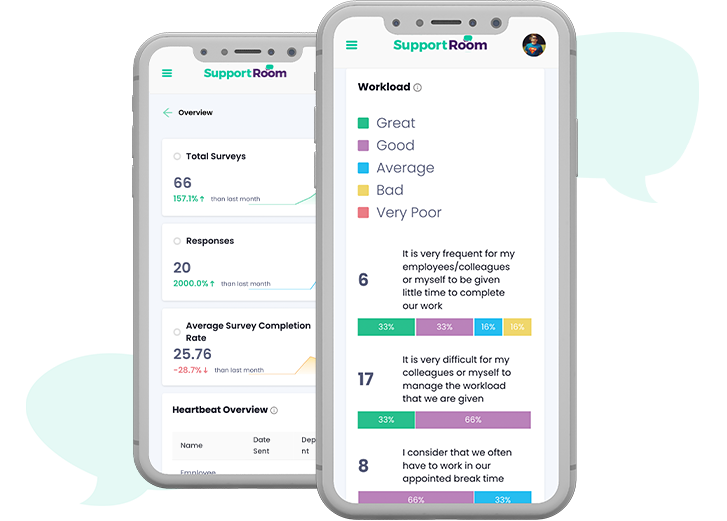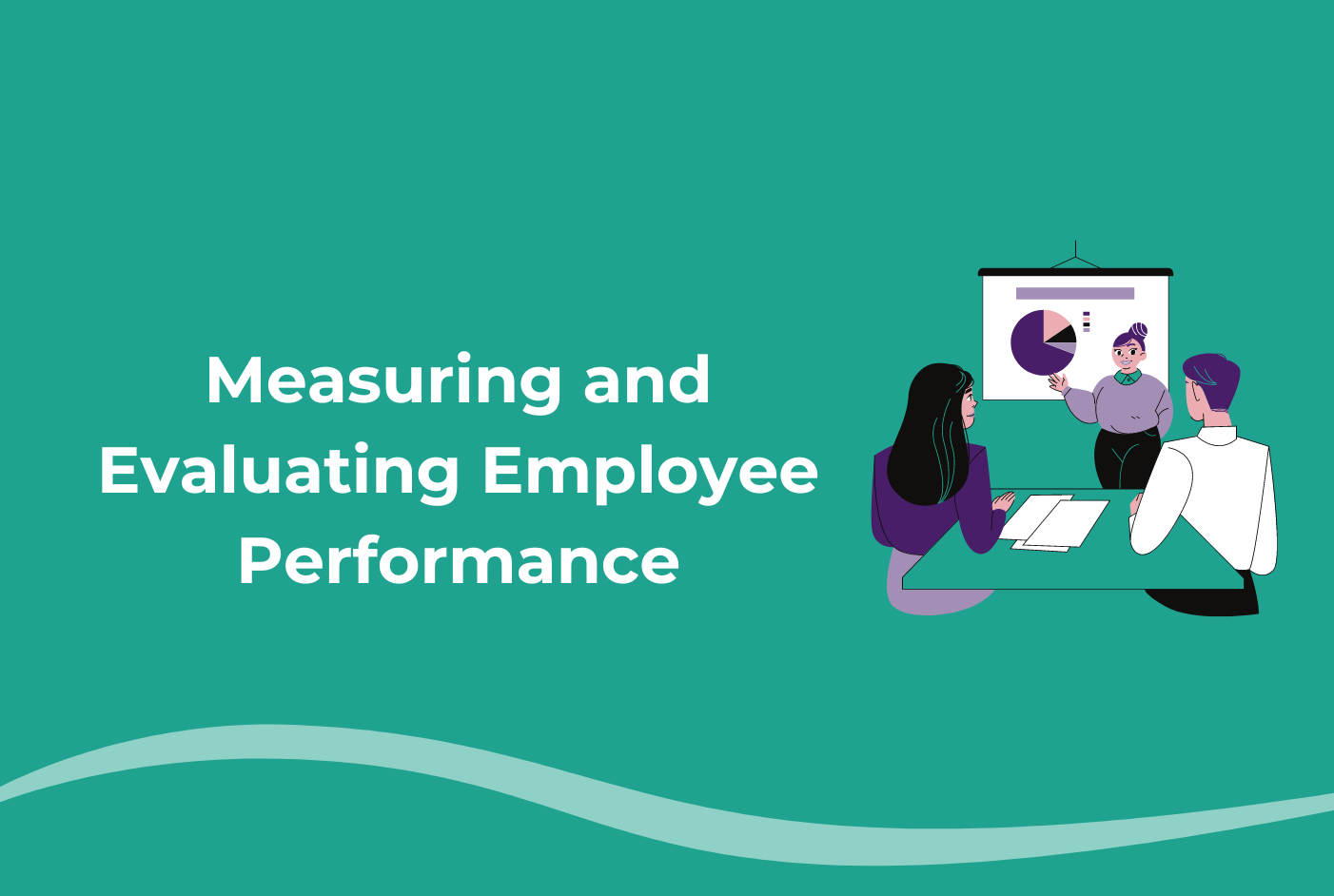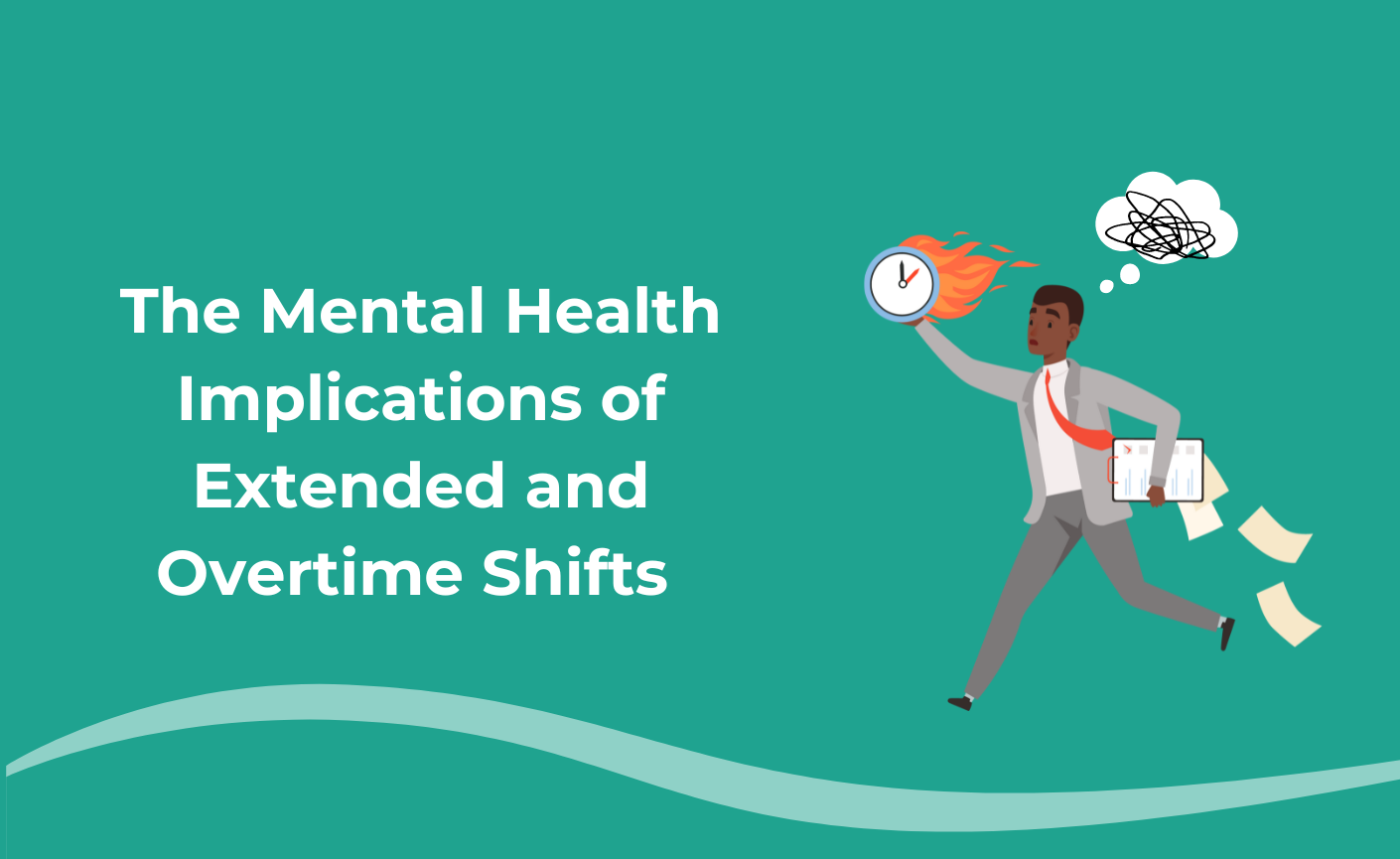Although accurately assessing employee absenteeism may appear simple in theory, many businesses fail to do so. There is more than one single type of absenteeism, so our first step is to define what information should be included in the absenteeism rate.
Since this is an important part of organisational success, it makes business sense to focus on employee absenteeism rates in the workplace. In this article, we will take a look at the most common forms of absenteeism and the best ways you can measure those in your organization.
What is employee absenteeism?
When an employee does not attend a workday – even if this was scheduled or unscheduled – this is classed as an absence from the workplace. Besides other forms of time away from work (such as booked holidays or asking for days off in advance), unscheduled absenteeism is usually unplanned and can occur due to illness, personal emergencies, or caring for a family member.
In the U.S., the law classifies absences as ‘excused’, ‘unexcused’, or ‘no-fault’. Excused absences are usually known to the company and are planned in advance, while the unexcused ones are not.
The importance of measuring employee absenteeism
Tracking employee absenteeism can help your business both directly and indirectly. It gives you the bare information about which employees frequently miss work. Pointing out the absenteeism rate can help you uncover key issues within your business that you’re not necessarily aware of.
For example, if many employees frequently miss work, this could point out an issue with health and safety that could affect employee wellbeing. In this case, you need to have more data on this problem to ensure that your company culture looks after staff mental health. Some common causes of employee absenteeism that are related to employee mental health are:
- A staff member suffering from an illness that affects their productivity
- Bullying amongst your staff – can lead to missed workdays due to the employees’ inability to speak up
- An employee feels overwhelmed with work and experiences a high level of stress, which might require additional support
- The current work schedule is unsuitable for certain employees, especially those who look after a family member.
Moreover, measuring employee absenteeism can show you what you need to correct in your business and prevent the problem from developing further. Another highly important reason to keep track of your employees’ absences is to save money spent on lost work due to high absence rates.
How to measure absenteeism
Lost time rate
The lost time calculation allows you to see an employee’s lost time due to absence as a percentage of the total time spent at work.
For example, Sheril is supposed to be at work 162.6 hours a month based on 7.5 hours of working days. She was absent for three days in a row, which leads to 22.5 lost work hours.
The percentage of lost hours is calculated like this:
Total absence (hours or days) for the period: 22.5 x 100
Possible (total) hours or days in period 162.5
2250:162.5=13,84%

Gain FREE access to Heartbeat
Get a free Heartbeat Survey.
Let us uncover the true state of your team’s wellbeing with a free mental health survey for your entire organisation.
Gain valuable insights to see how you can better support your team’s mental health and performance.
No pitch. No credit card required.
Individual Absenteeism Rate
If you want to calculate an employee’s individual absenteeism rate per day, you can also choose the following method:
Divide the employee’s total unexcused absences in the specified time frame by the total workdays in the specified time frame and multiply the result by 100. If Tim has four unexcused absences in a month, the formula would be (4/20) x 100 = 20%.
Team Absenteeism Rate
Divide the team’s total unexcused absences in the specified time frame by the total number of employees multiplied by the total workdays in the specified time frame and multiply the result by 100. If your 30-person team had 20 unexcused absences in a month, the formula would be (20 / (30 x 20)) x 100 = 5%.
Ways to decrease absenteeism
Many companies will benefit from decreasing their absenteeism rates in the workplace. Some ways to achieve this goal are:
- Offering flextime – this allows employees to work in their own schedule instead of the standard 9 to 5 one
- Job-sharing – getting two or more part-time employees to share the responsibilities of a single one. This decreases the burden placed on just one person.
- Allowing remote work – instead of coming to the office daily, employees can choose to work from home or wherever they prefer
- Shift work – this allows more flexibility for those who cannot work early morning and prefer late evening shifts.
- Hybrid workplace. Employees work both remotely and in the workplace. Depending on each company’s policy, employees can be allowed to work a certain number of days from home and get to the office for a limited number of days.
Decreasing workplace absenteeism by supporting employee mental health
Last but not least, employers shouldn’t ignore that the greatest step to decreasing absenteeism is taking care of employees’ mental health.
This can be achieved by offering mental health support alternatives, such as ongoing employee therapy. SupportRoom is a digital therapy provider specialising in workplace mental health committed to improving mental health at work. Besides, it helps leaders identify mental health trends in the workplace with data-driven insights. This way, you can implement changes and mental health initiatives knowing exactly what’s going on behind the scenes.
You can find out more information about SupportRoom here.
Do you want to find out how we can bring mental support to your organisation? Book a call here, and let’s get to know each other.

Gain FREE access to Heartbeat
Get a free Heartbeat Survey.
Let us uncover the true state of your team’s wellbeing with a free mental health survey for your entire organisation.
Gain valuable insights to see how you can better support your team’s mental health and performance.
No pitch. No credit card required.






